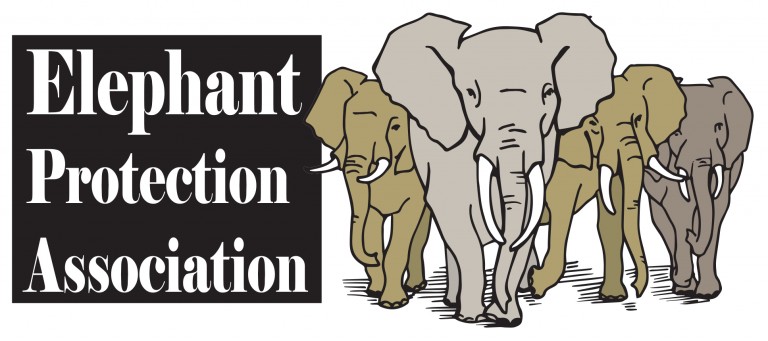

In case you missed it, this past June 6 the U.S. Fish and Wildlife Service published its final rule concerning the Special Rule on African Elephants. The final rule will go into effect on July 6—just a little over two weeks from now.
As stated in the USFWS press release accompanying the rule’s publication, the USFWS goal is a “near-total elephant ivory ban.”
The final rule is basically the same as what USFWS proposed last year, including banning the international commercial import of antique ivory; shifting the burden from the trade of antique ivory items to the seller to prove the items are over 100 years old, have not been repaired or restored with ivory after Dec. 27, 1973, and, for some items, were imported through an endangered species “antique port”; and making it illegal to trade ivory in interstate commerce if the ivory is less than 100 years old. There is a 200-gram “de minimis” exception to the rule for “Pre-Convention” ivory that is further narrowed by six other criteria. There are also some special provisions for musical instruments.
According to Sandra Brady of the Elephant Protection Association, to qualify for the “de minimis” amount the following criteria must be met:
1) You must be able to prove your ivory component was legally imported either before 1990 or after 1990 with a CITES (the Convention on International Trade in Endangered Species of Wild Fauna and Flora) certificate;
2) The ivory is a fixed or integral component or components of a larger manufactured or handcrafted item and is not in its current form the primary source of the value of the item, that is, the ivory does not account for more than 50 percent of the item’s value;
3) No raw ivory—period;
4) The manufactured or handcrafted item is not made wholly or primarily of ivory, that is, the ivory component or components do not account for more than 50 percent of the item by volume;
5) The total weight of the ivory component or components is less than 200 grams (7.054793 ounces), and;
6) The item was manufactured or handcrafted before the effective date of the rule (July 6, 2016).
“Ignoring the decline in both demand for ivory and poaching trends, the wildlife groups are also ignoring market laws like supply and demand, and past lessons taught by Prohibition [the USA’s failed ban on liquor from 1920-33],” Brady continued. “But to make matters worse for the elephant, they are ignoring the viability and long-term success of sustainable use, which has brought one species of rhino back from the edge of extinction, as well as the Rocky Mountain bighorn sheep of North America.
“The fight is not over and this is but a small portion of a larger agenda, one that will make animal rights trump human rights and will further defray our rights as citizens of this great nation. Please keep passing on the truth, calling your representatives and supporting the Elephant Protection Association.”
In all, the final rule encompasses over 30 pages. For more visit Revisions to the Endangered Species Act (ESA) Special Rule for the African Elephant.
 NEXT STEP: Download Your Free KNIFE GUIDE Issue of BLADE Magazine
NEXT STEP: Download Your Free KNIFE GUIDE Issue of BLADE Magazine
BLADE’s annual Knife Guide Issue features the newest knives and sharpeners, plus knife and axe reviews, knife sheaths, kit knives and a Knife Industry Directory.Get your FREE digital PDF instant download of the annual Knife Guide. No, really! We will email it to you right now when you subscribe to the BLADE email newsletter.






